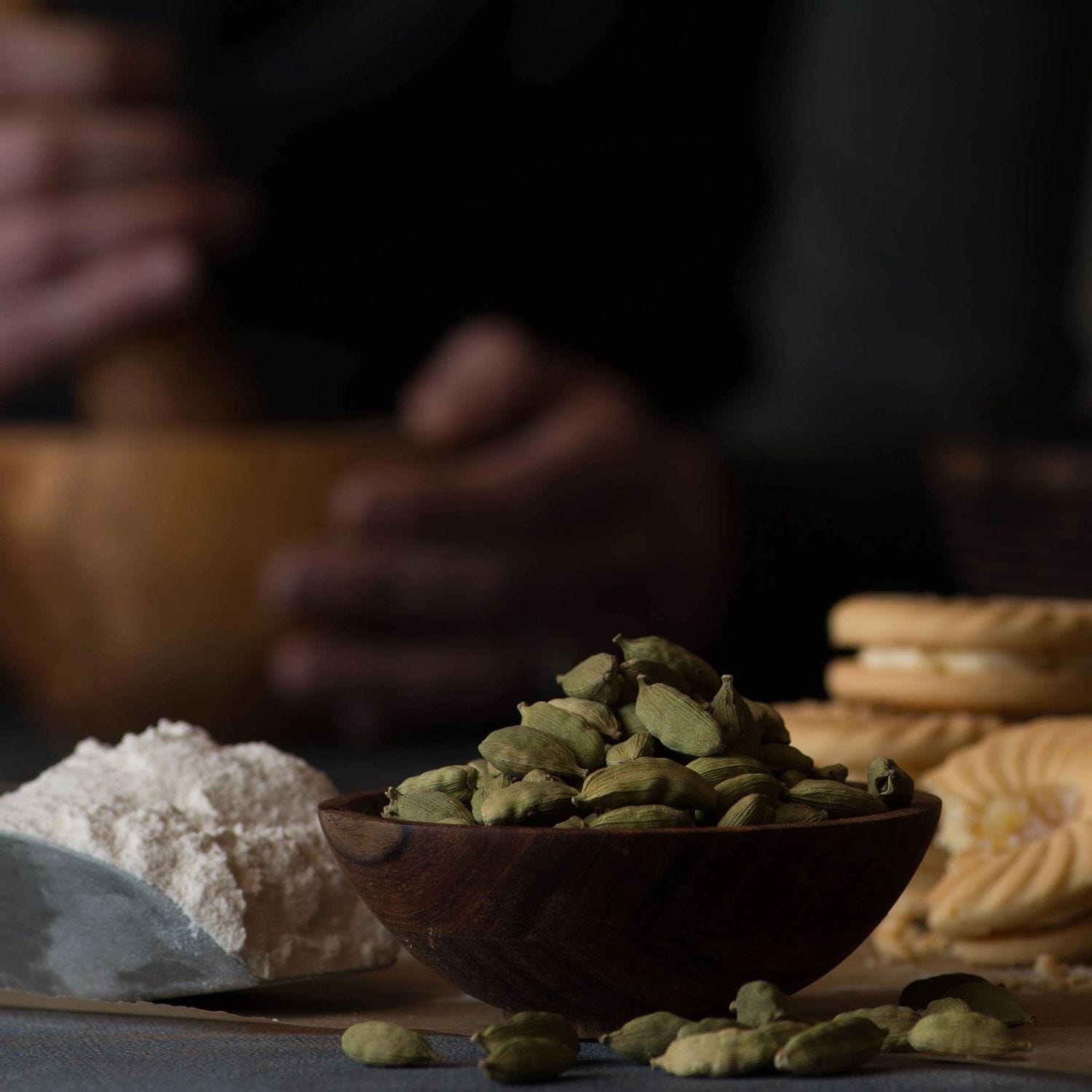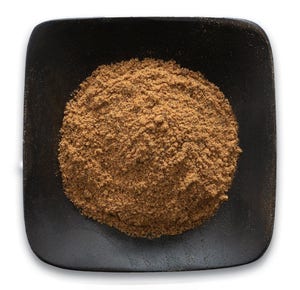Our Guide to the Best Cardamom Substitutes
Cardamom is a popular spice used in many cuisines around the world. It has a unique flavor that adds depth and complexity to dishes, making it a staple in many kitchens. However, it can be expensive and difficult to find in some areas. So, what do you do when a recipe calls for cardamom and you don't have any on hand? Don't worry, we've got you covered. In this article, we'll explore the best cardamom substitutes that you can use in a pinch.
Why Use a Cardamom Substitute?
Celebrated for its versatility, cardamom effortlessly elevates both sweet and savory dishes with its robust essence. Whether weaving its subtle sweetness and floral notes into Indian curries or enhancing the warmth of Scandinavian pastries, cardamom remains a culinary cornerstone.
Yet, there are occasions when cardamom might not be at your fingertips or may not suit specific recipe needs. In such instances, exploring cardamom substitutes becomes essential, ensuring your dishes maintain their essence while accommodating culinary preferences. These substitutes offer a practical solution, allowing you to uphold the integrity of your culinary creations without compromising on flavor.
6 Cardamom Substitutes
- Cinnamon: Cinnamon is a popular spice that is readily available in most kitchens. It has a warm, sweet flavor with a hint of spice that is similar to cardamom. You can use it as a 1:1 substitute in recipes that call for ground cardamom. However, keep in mind that cinnamon has a stronger flavor, so you may want to use a little less than the amount of cardamom called for in the recipe.
- Allspice: Combining flavors of cinnamon, nutmeg, and cloves, allspice offers a complex and robust alternative to cardamom. Use allspice in savory dishes like stews, curries, and marinades, as well as in sweet treats like pies and cookies for a unique and flavorful twist.
- Cloves: Known for their intense and aromatic flavor, cloves can substitute for cardamom in dishes where a bold and spicy profile is desired. Use cloves sparingly in recipes like mulled wine, chai tea, and spiced jams to add depth and warmth to your creations.
- Ginger: With its zesty and pungent flavor, ginger offers a bright and refreshing substitute for cardamom in certain dishes. Use ground ginger in savory dishes like stir-fries, soups, and marinades, as well as in sweet treats like gingerbread and cookies for a lively and aromatic kick.
- Nutmeg: Known for its warm and earthy flavor, nutmeg can complement and enhance dishes as a substitute for cardamom. Use nutmeg in baked goods, custards, and creamy sauces to add depth and richness to your recipes.
- Coriander: This is a spice that is commonly used in Indian and Middle Eastern cuisines. It has a warm and slightly citrusy flavor that can be used as a substitute for cardamom. To use coriander as a substitute, use half the amount of cardamom called for in the recipe.
Tips for Successful Substitutions
When using a substitute for cardamom, keep in mind that the flavor may not be exactly the same as using the real thing. It's always best to start with a smaller amount and adjust to taste. You can also combine different substitutes to get a closer flavor profile to cardamom. Consider the following tips to ensure a seamless transition while maintaining the intended flavors:
Experiment with Flavors
When substituting cardamom in your recipes, don't hesitate to experiment with different flavor combinations. Blend multiple substitutes together to create depth and complexity in your dishes. For example, combine cinnamon with cloves for a warm and spicy flavor profile that's perfect for mulled cider or chai tea. Alternatively, mix ginger with nutmeg for a bright and aromatic twist that complements sweet treats like cookies or fruit compotes. By exploring different flavor pairings, you can discover unique and exciting alternatives to cardamom that enhance your culinary creations.
Adjust Quantities
Adjusting the quantities of substitutes is crucial to achieving the desired flavor profile in your dishes. Start by adding a small amount of the substitute and gradually increase it to taste. Keep in mind that some substitutes may have a more potent flavor than others, so a little can go a long way. For example, if substituting cloves for cardamom, you may only need half the amount to achieve a similar flavor intensity. By carefully adjusting the quantities of the substitute, you can ensure that it harmonizes with the other ingredients in your dish without overpowering them.
Consider Culinary Applications
Take into account how the substitute will complement the overall flavor profile and culinary style of your recipe. Consider the context in which you're using the substitute and choose options that align with the dish's flavor profile and cooking method. For example, cinnamon's warm and sweet flavor pairs well with baked goods like pies and pastries, making it an excellent substitute for cardamom in dessert recipes. On the other hand, cloves' bold and spicy profile complements savory dishes like curries and stews, offering a robust alternative to cardamom in savory applications. By considering the culinary applications of the substitute, you can ensure that it enhances the overall taste and experience of your dish.
By incorporating these tips into your cooking process, you can confidently explore cardamom substitutes and discover exciting new flavors and combinations that elevate your culinary creations to new heights. Whether you're blending spices for a curry, adjusting quantities for a cake, or considering different culinary applications, embracing creativity and innovation will lead to delicious and satisfying results.

























